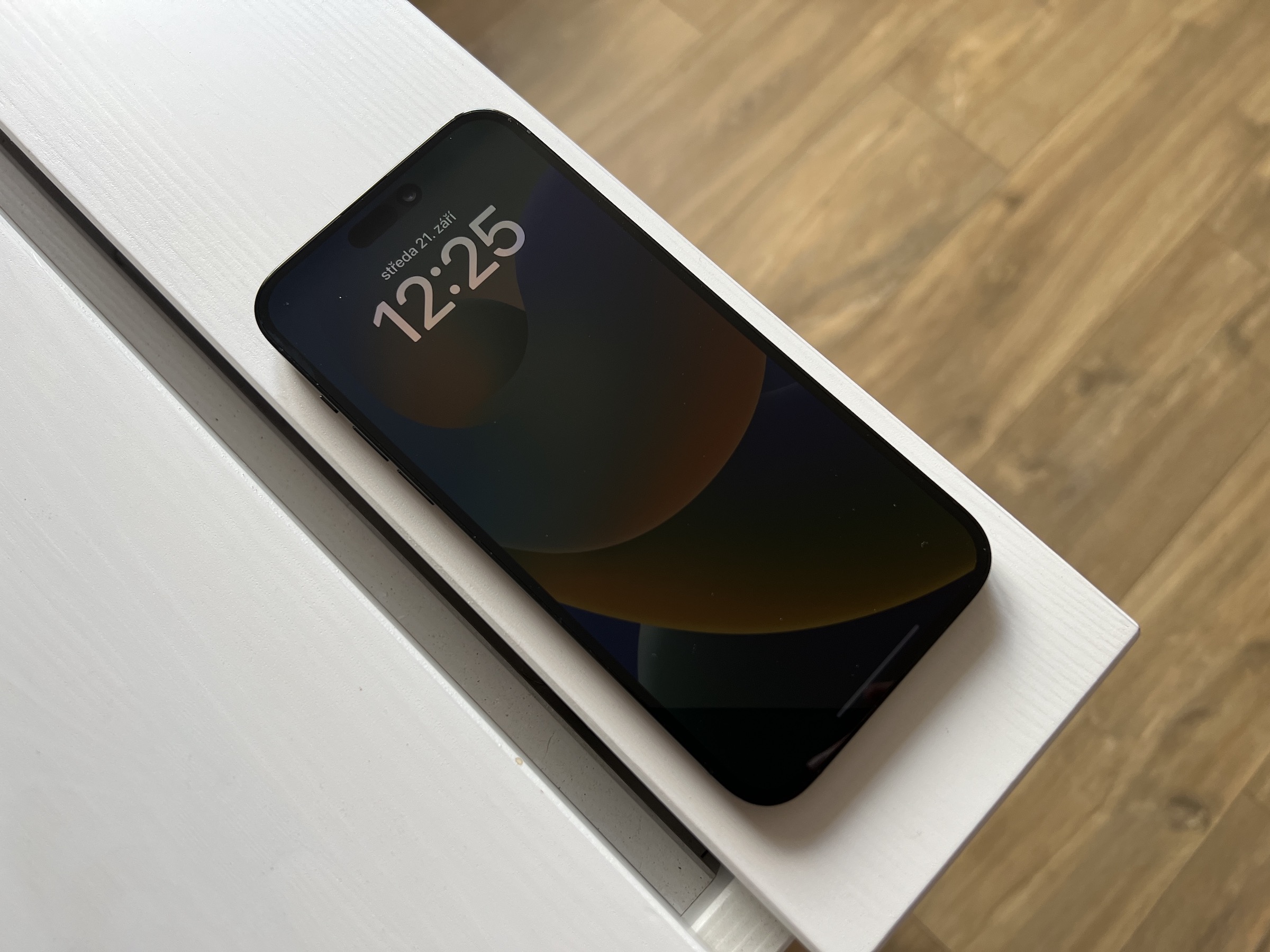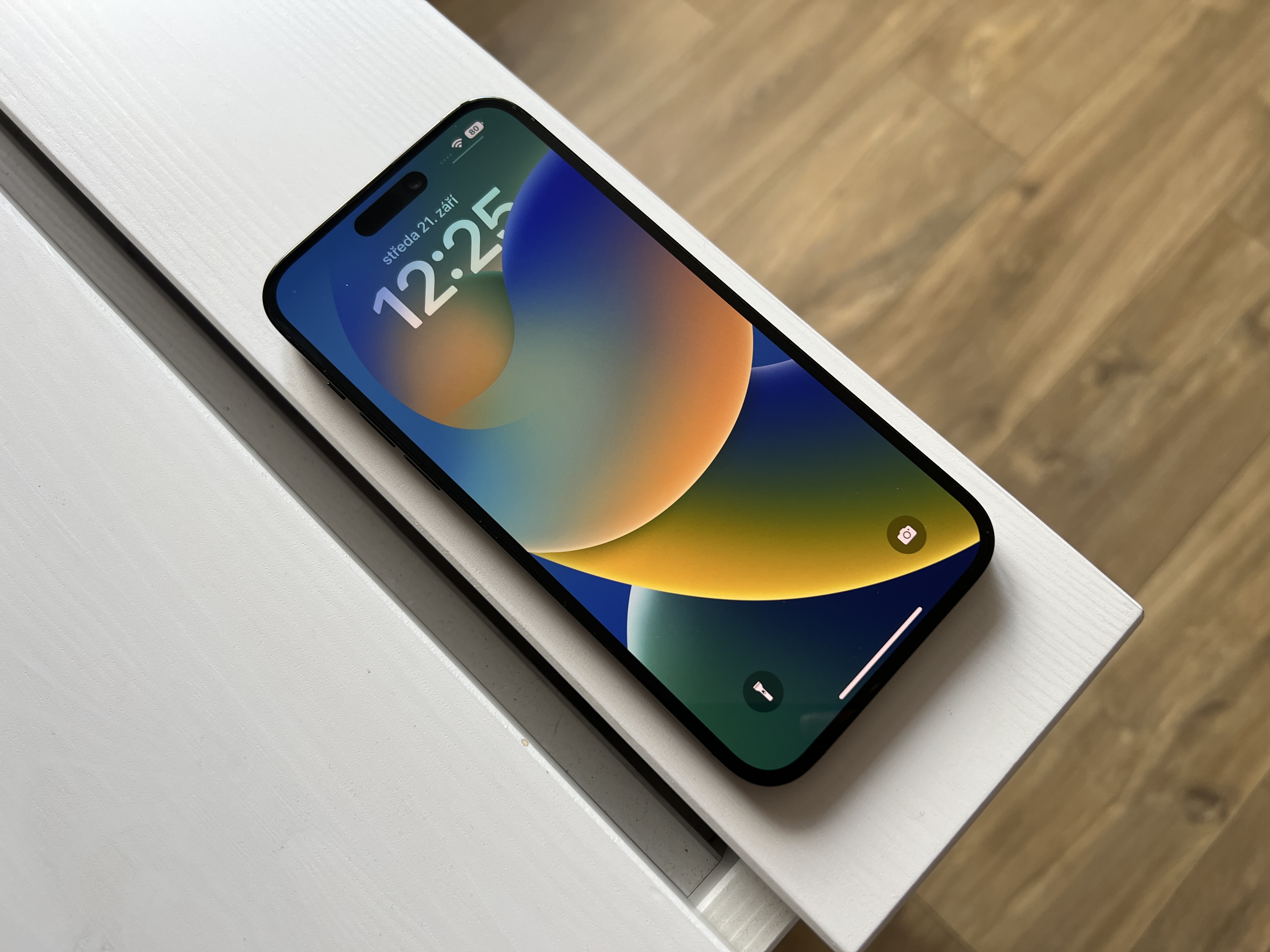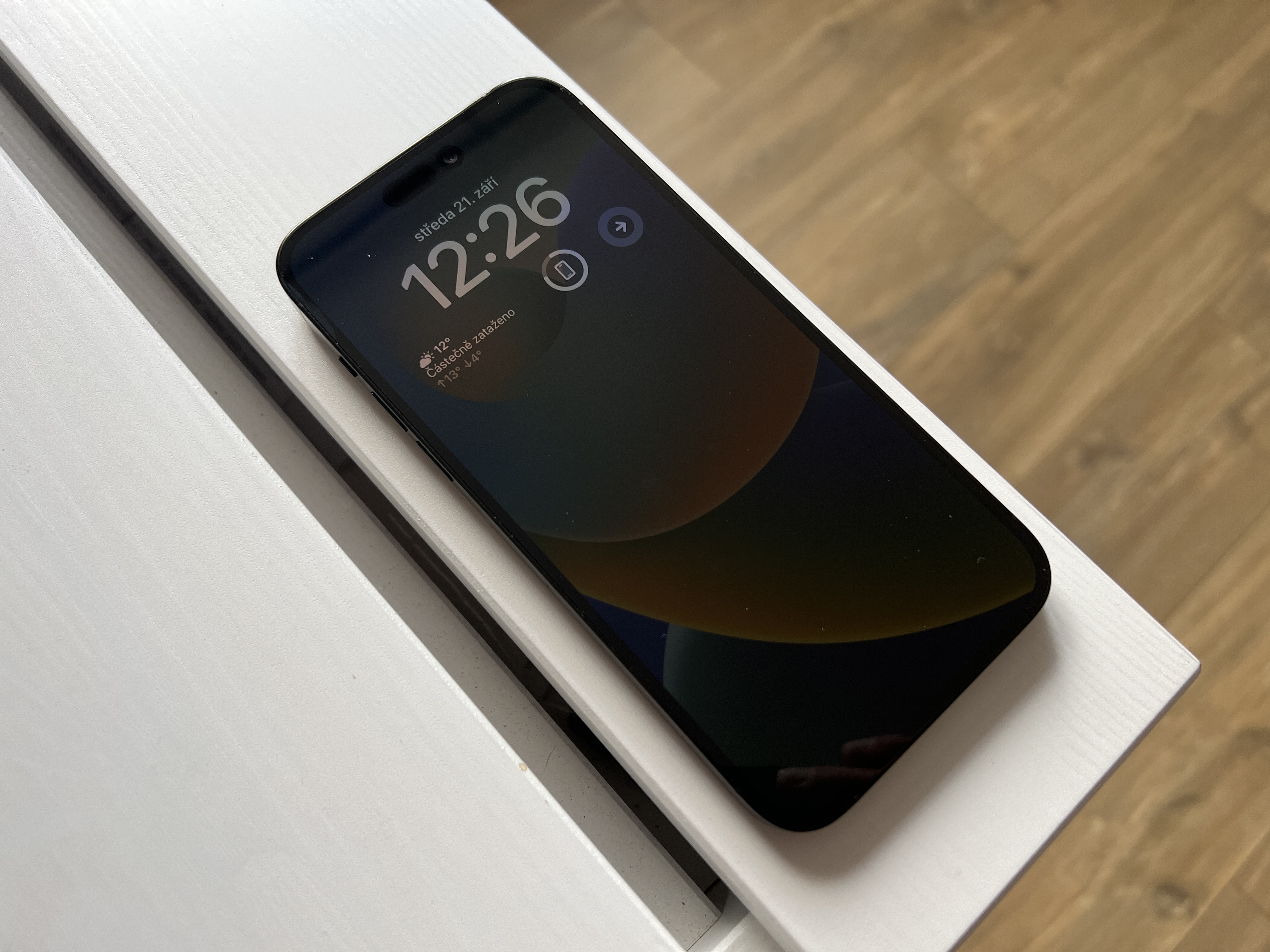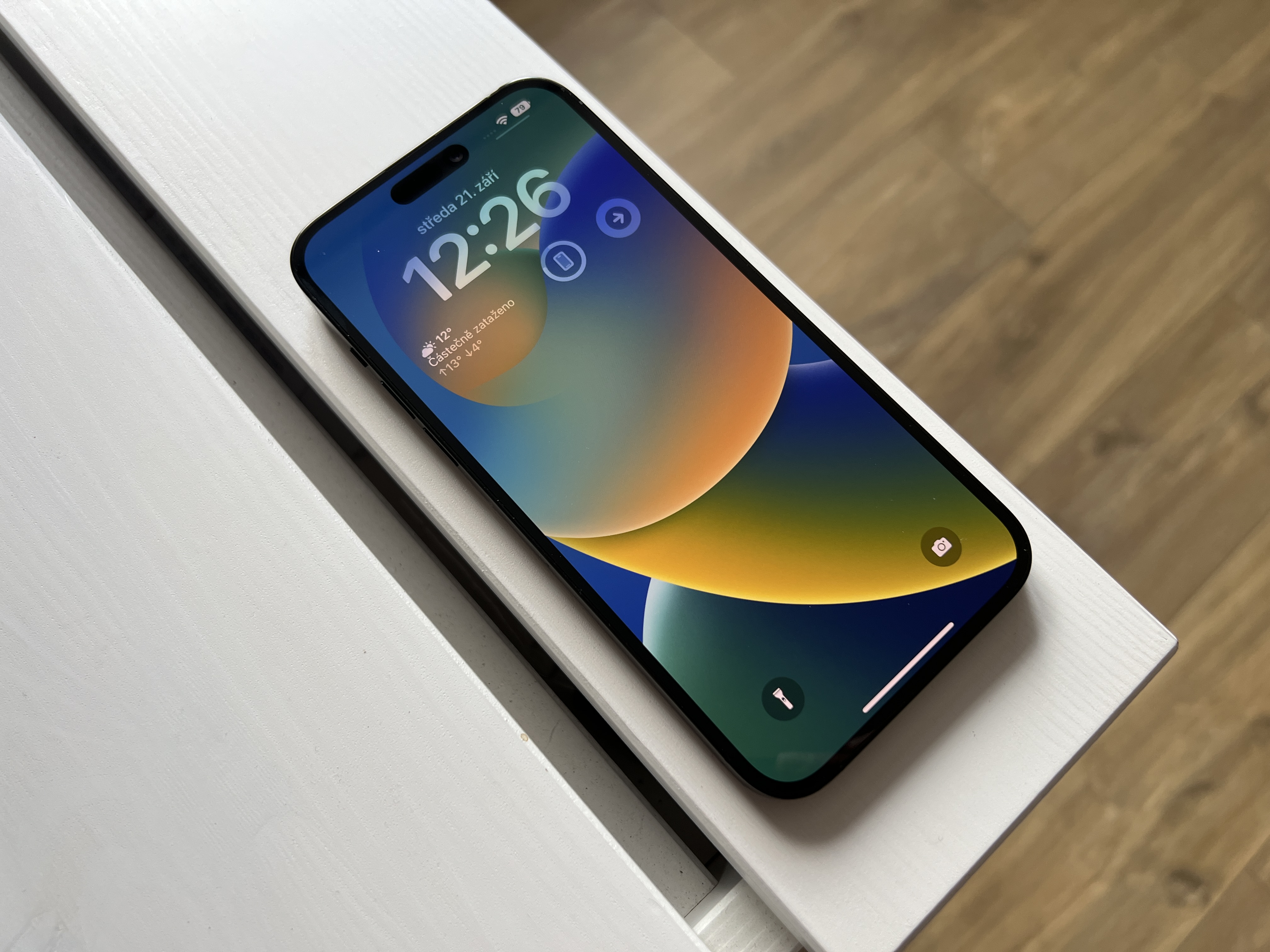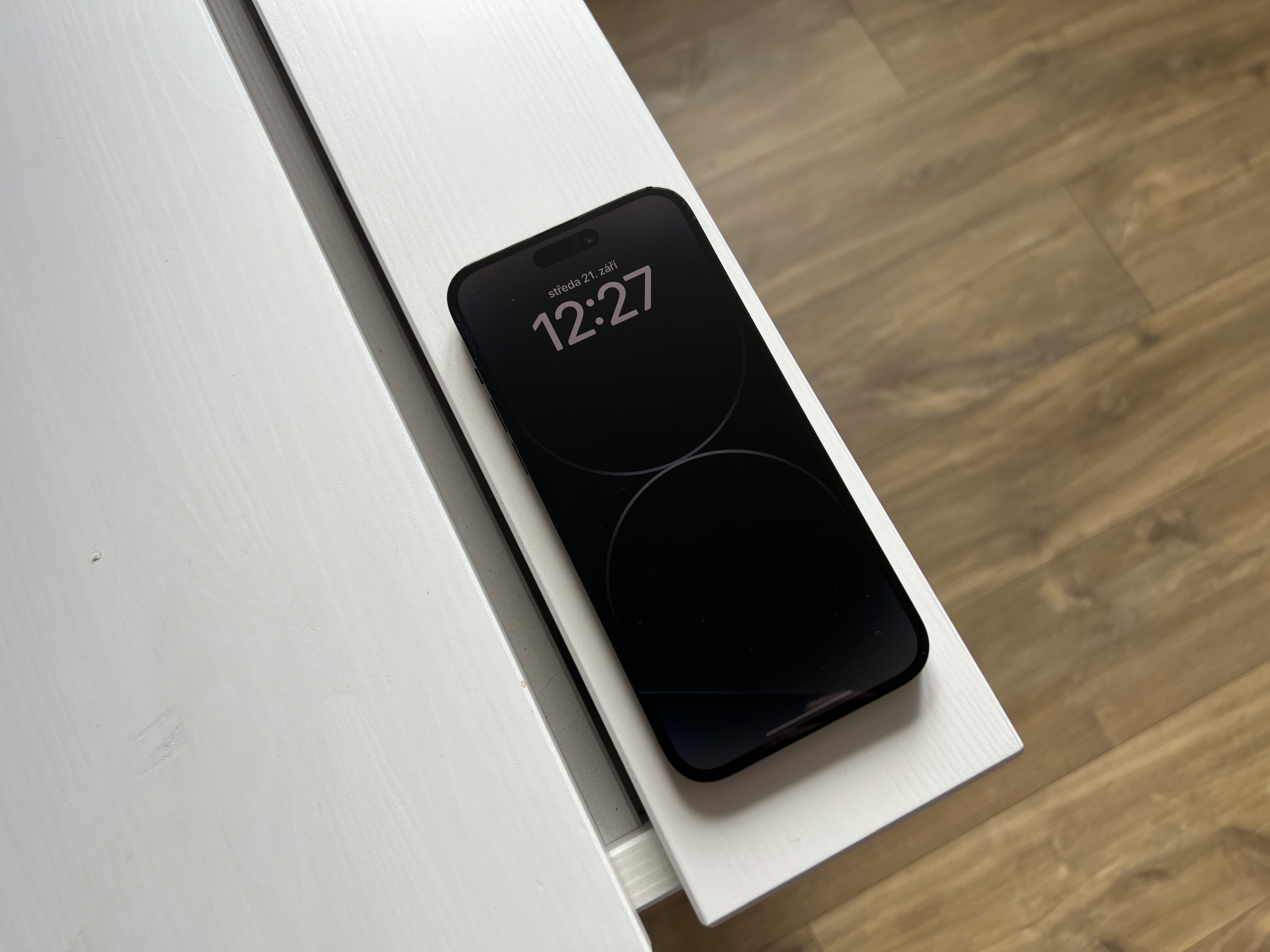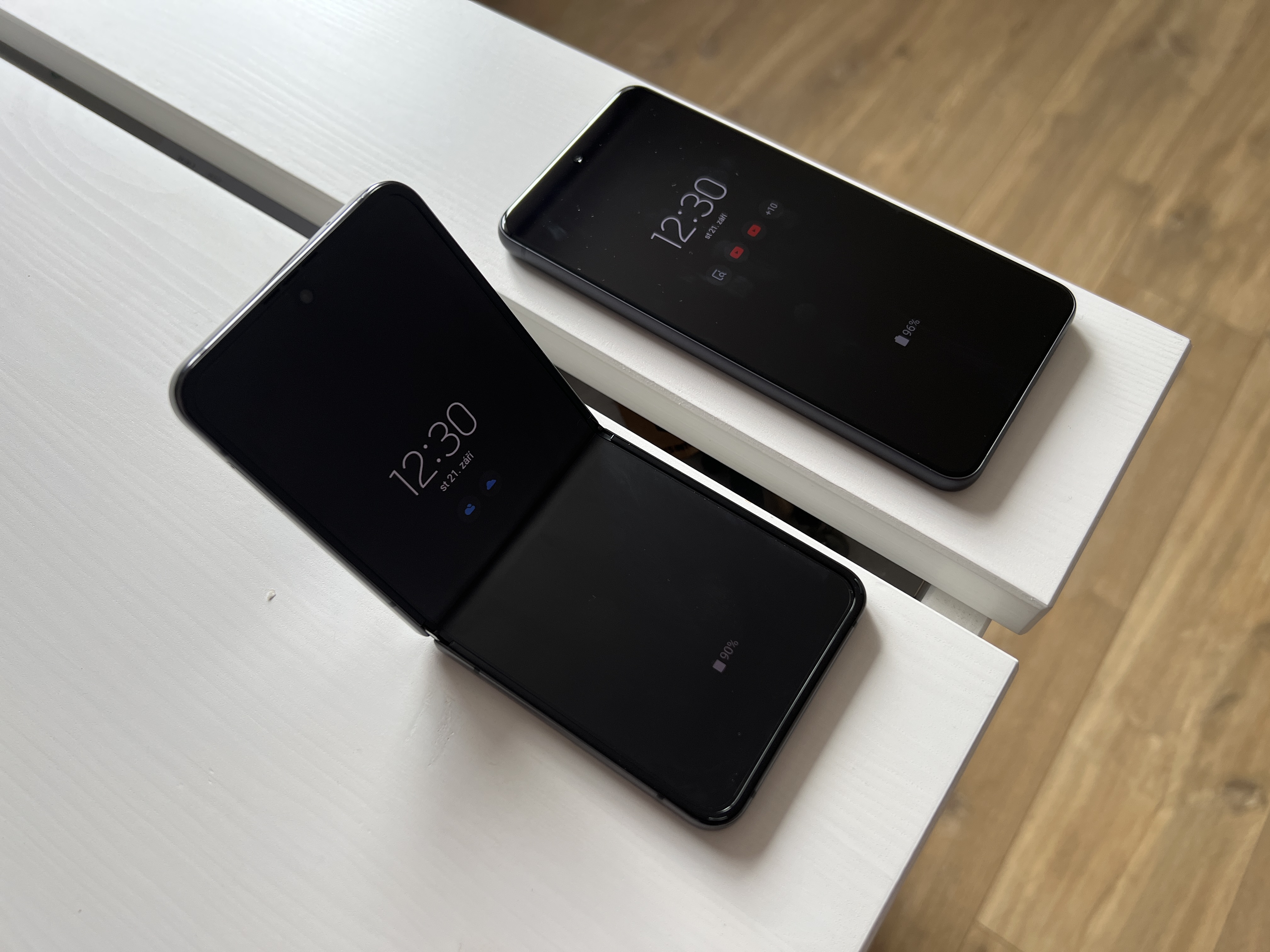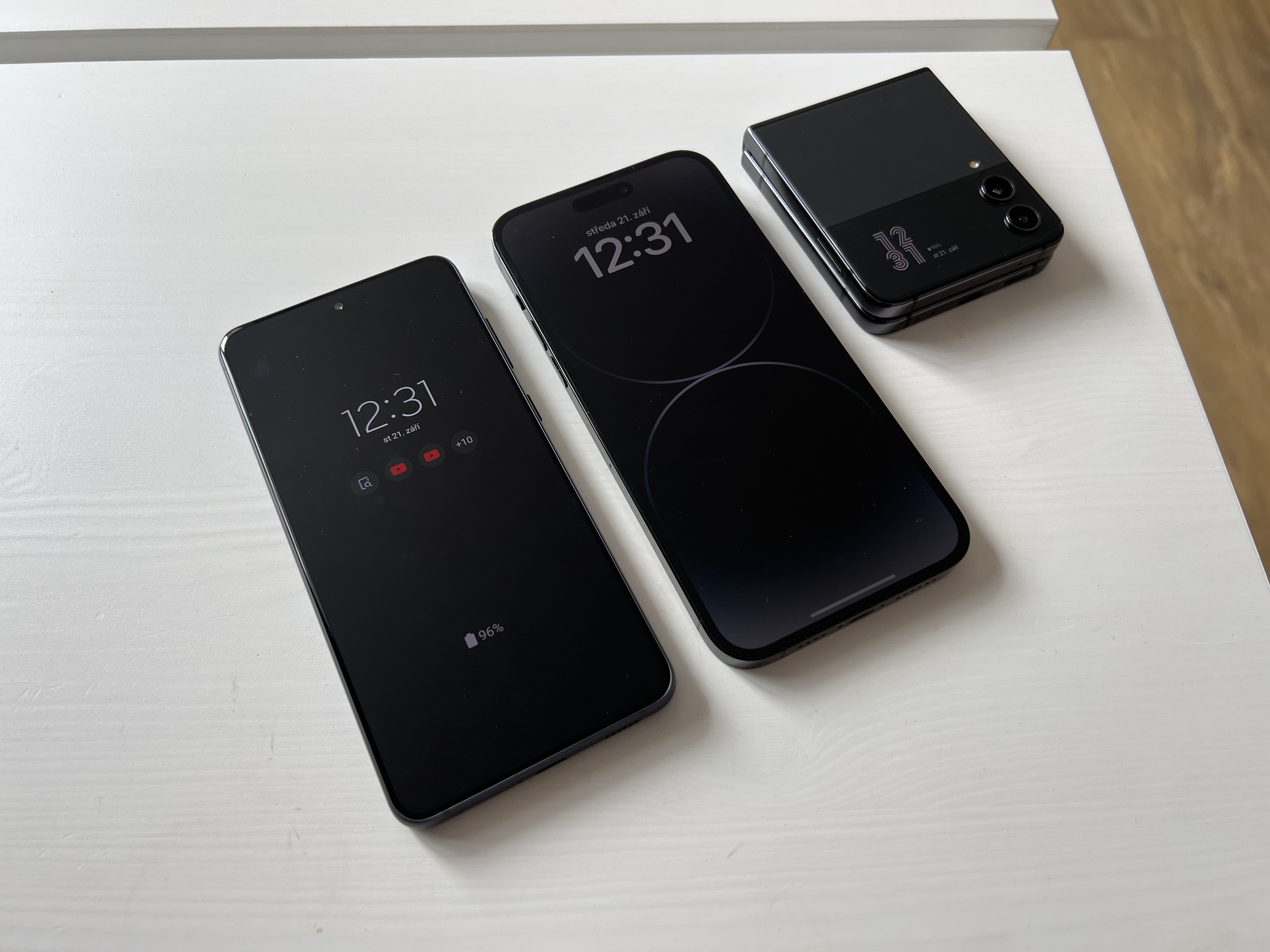You learn by making mistakes, and the iOS designers at Apple's labs are no different. Although they stuck to the motto that "when two do the same thing, it's not the same thing," however, in the case of the Always On display on the iPhone 14 Pro, they got away with it a lot. Let's rejoice, however, because Apple hears the complaints of users and, surprisingly, responds to them.
Maybe it's an unnecessarily inflated case. With the iPhone 14 Pro, Apple introduced its version of the always-on display, to the delight of everyone who had been waiting for it for years. For many years, Always On has been an integral part of high-end Android phones. And iPhones belong to the highest tiers, but Apple stubbornly refused to provide them with this functionality.
In order to shut everyone up, if the iPhone 14 Pro already has an adaptive refresh rate starting at 1 Hz, he gave them the always-on display. But how, you simply wouldn't think of it - impractical, distracting, unsightly and unnecessary. On the other hand, credit must be given to Apple for going about it differently. Even if inappropriately.
It could be interest you
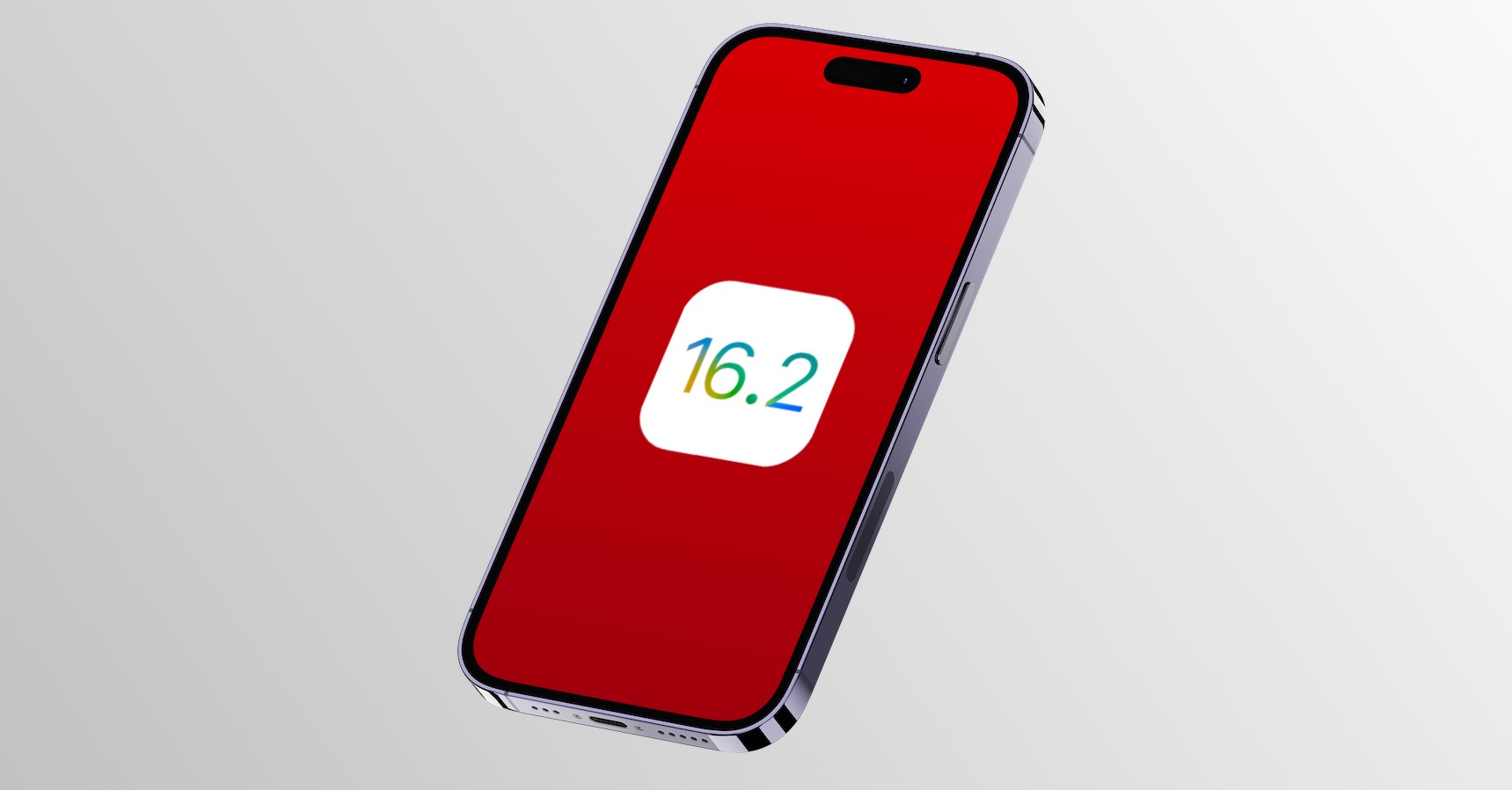
iOS 16.2 brings the desired change
Apple's solution, of course, did not avoid the comparison with Android, although I would really like to know how many Apple users with iPhone 14 Pro and 14 Pro Max have ever seen what Always On on Android actually looks like and how it works. Live maybe only a minority. But everyone kind of imagined that the display should be turned off and should show only the most necessary, and that simply didn't happen with the new iPhones.
It should be mentioned that this was a completely new feature of both the system and the device, so there was clearly room for error as well as room for improvement. This is what we got after two months of waiting, which, on the other hand, is not such a terribly long time. With iOS 16.2, we can determine the behavior of the Always On display in iPhone 14 Pro and 14 Pro Max. That way, everyone can be satisfied and critical comments have an impact.
The new operating system iOS 16.2, which Apple released on Tuesday, December 13, therefore not only brings the possibility of adding new widgets for sleep and Medicines directly to the lock screen, but also greater customization of the Always On display. He can now completely hide not only the wallpaper, but also notifications. This customization can be found in Settings and menu Display and brightness, where the corresponding switches are located under the menu of the always-on display. So Apple's intention to differentiate itself didn't work out. But it can be seen that it is not always appropriate to bring a certain "revolution" where the existing solution simply works.
